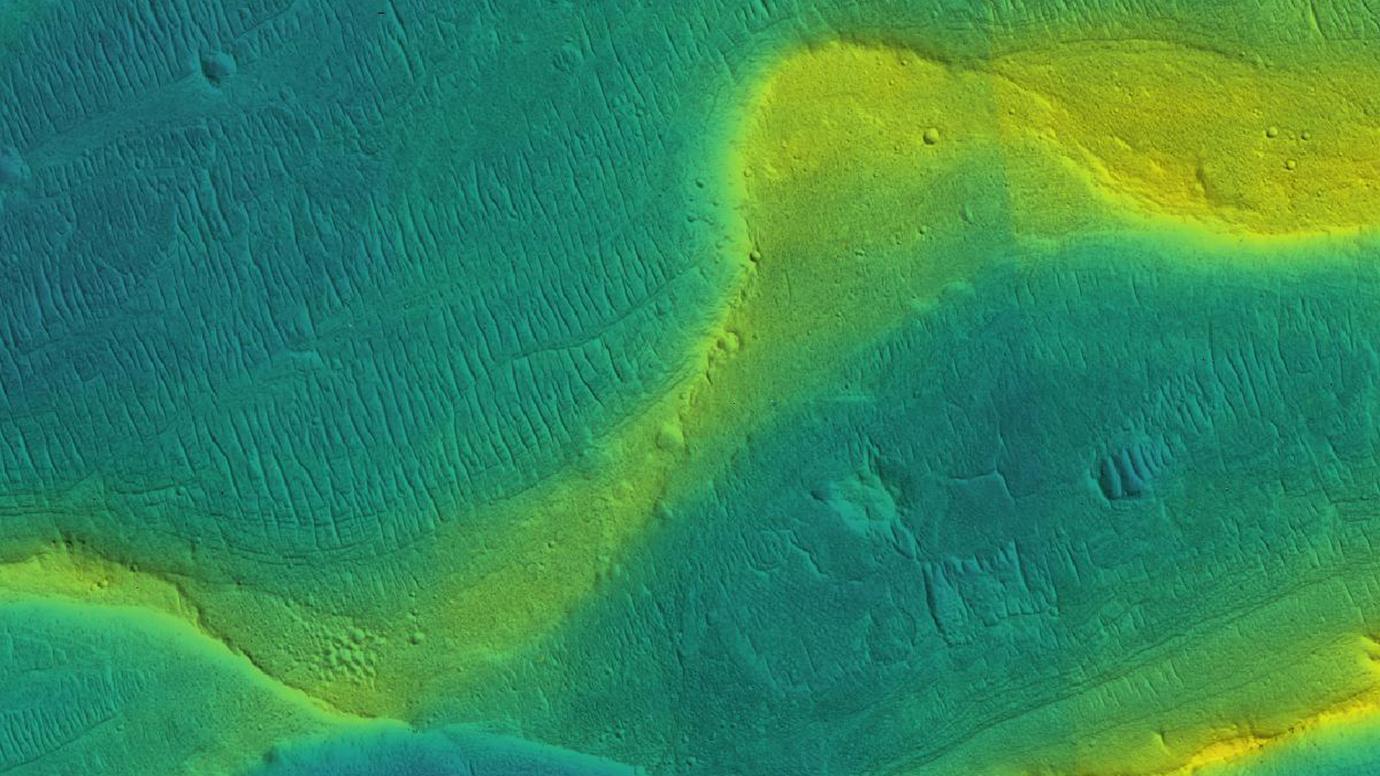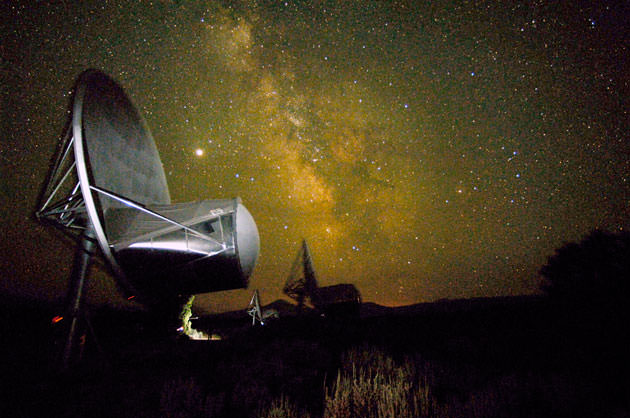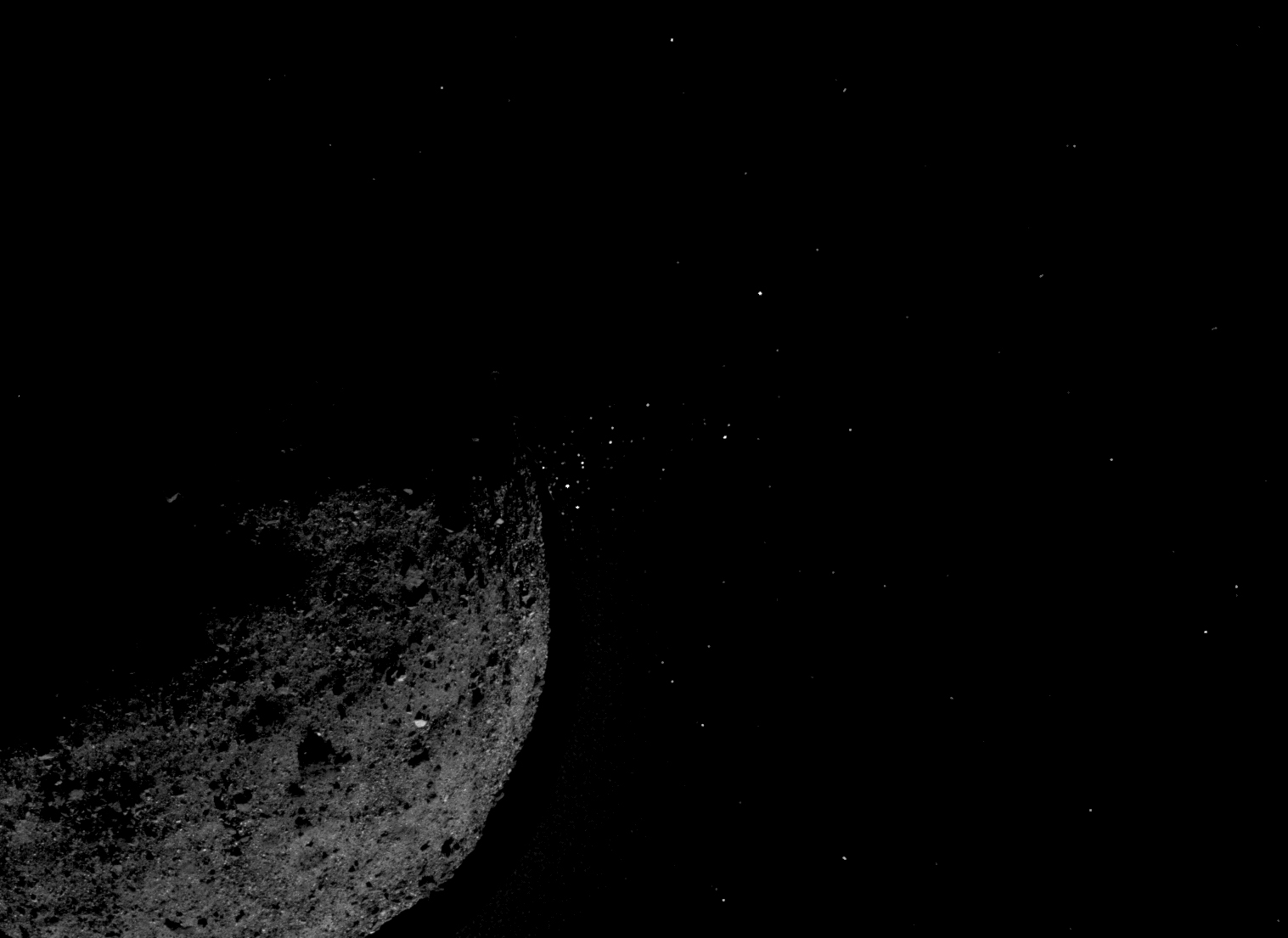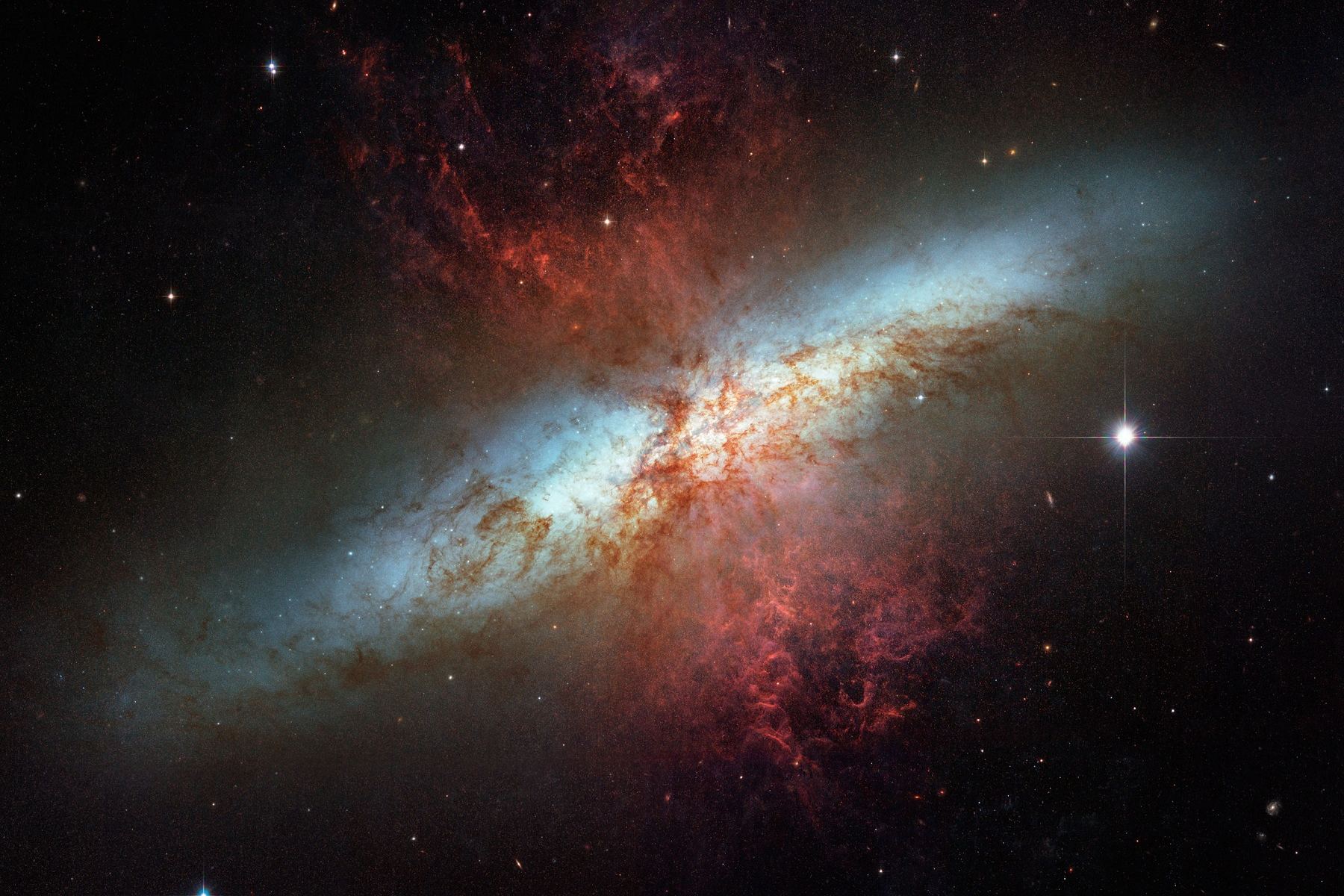When a meteor strike the Earth’s atmosphere, a magnificent (and potentially deadly) explosion is often the result. The term for this is “fireball” (or bolide), which is used to describe exceptionally bright meteor explosions that are bright enough to be seen over a very wide area. A well-known example of this is the Chelyabinsk meteor, a superbolide that exploded in the skies over a small Russian town in February of 2013.
On December 18th, 2018, another fireball appeared in the skies over Russia that exploded at an altitude of about 26 km (16 mi) above the Bering Sea. The resulting debris was observed by instruments aboard the NASA Terra Earth Observation System (EOS) satellite, which captured images of the remnants of the large meteor a few minutes after it exploded.
Continue reading “Satellites Watched a Huge Fireball Explode Above the Bering Sea Late Last Year”






